Entering the Chinese market as an overseas B2B brand presents a unique set of challenges. With a vast population, diverse industries, and a unique cultural landscape, navigating this market requires a strategic approach. One powerful tool for capturing high-quality sales leads is Baidu SEM (Search Engine Marketing). This article delves into how overseas B2B brands can effectively utilize Baidu SEM to gain a competitive edge in China.
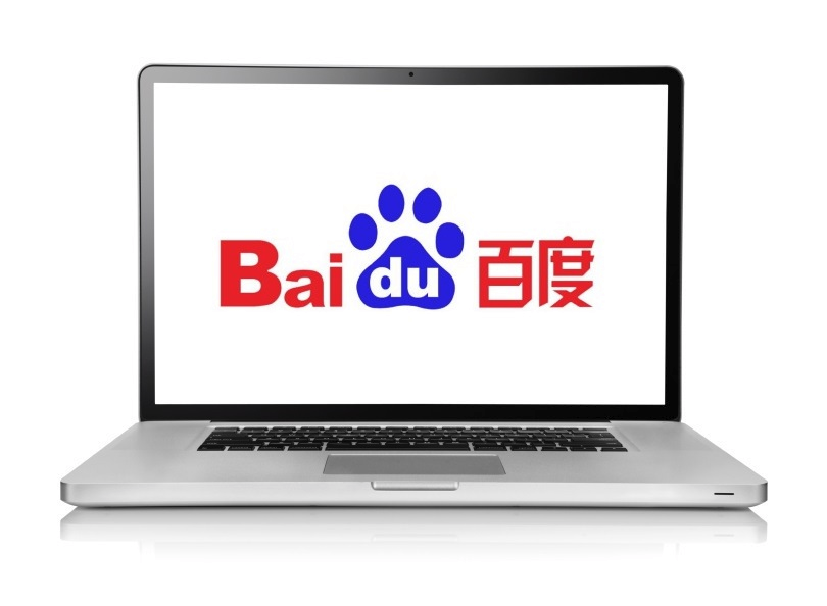
SEM Keyword Precision and Selection
The foundation of any successful SEM campaign is keyword selection. For overseas B2B brands targeting the Chinese market, this begins with thorough market research. Understanding the search habits and preferences of your target audience in China is crucial. This involves analyzing industry-specific terms, product categories, and even competitor keywords.
Keyword Categorization:
Brand Keywords: These include your company name, product names, and any branded terminology. These keywords are essential for brand recognition and establishing a presence in the Chinese market.
Generic Keywords: These are broader terms related to your industry or product category. They help capture a wider audience but require more precise targeting to ensure relevance.
Long-tail Keywords: These are specific phrases that reflect the exact needs of potential customers. For example, if you sell industrial machinery, a long-tail keyword might be “energy-efficient industrial machinery for automotive manufacturing.”
Competitor Keywords: While these can be risky, they can also be highly effective if used judiciously. By bidding on competitor keywords, you can intercept potential customers who are already considering alternatives.
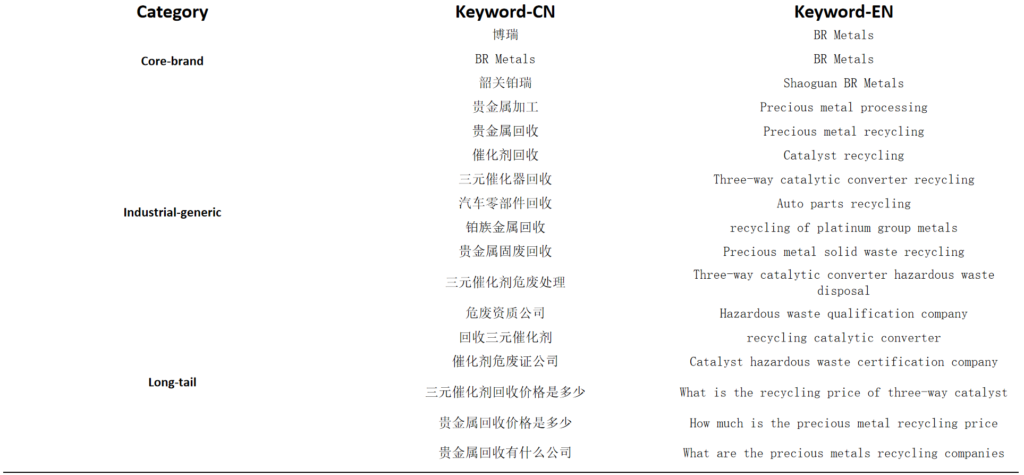
SEM Bidding Strategies and Budget Allocation
With your keyword list in place, the next step is to develop a bidding strategy. This involves setting reasonable bids for each keyword category based on their potential value and competition.
Brand Keyword Strategy:
Maintain a competitive but not excessively high bid to ensure your brand appears prominently in search results. Focus on creating compelling ad copy that emphasizes your brand’s unique selling proposition (USP) and encourages clicks.
Generic Keyword Strategy:
For generic keywords, use dynamic bidding strategies that adjust based on time of day, geographical location, and user intent. Baidu’s intelligent bidding tools can help optimize your budget and improve cost-effectiveness.
Long-tail and Competitor Keyword Strategy:
Be agile with your bidding for these keywords. Monitor their performance closely and adjust bids based on conversion rates. With competitor keywords, ensure your ad copy highlights your differentiators without directly attacking the competition.
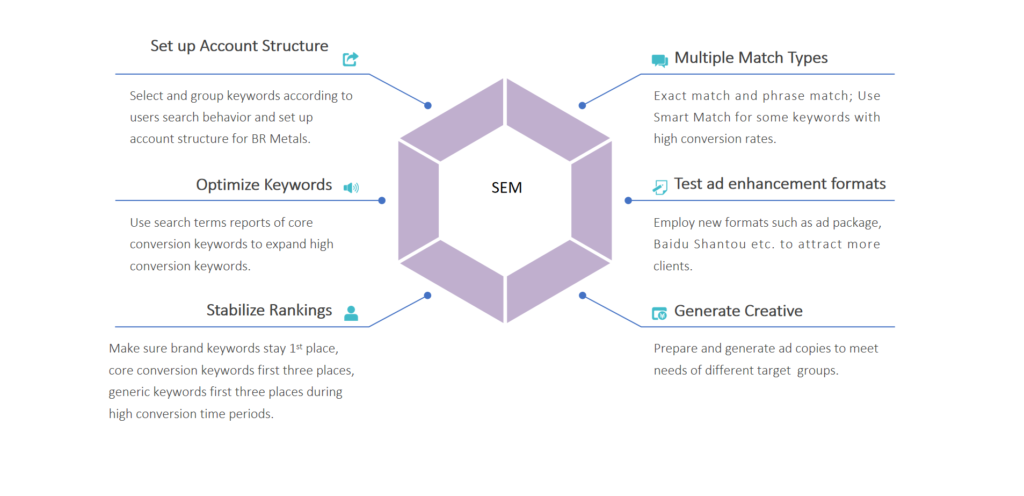
Crafting Compelling Ad Copy with USP
Your ad copy is the first impression potential customers will have of your brand. It must be concise, engaging, and aligned with your USP.
Identify Your USP:
What makes your product or service unique in the Chinese market? Is it technological innovation, cost-effectiveness, customization, or a combination of these? Clearly defining your USP will guide the messaging in your ad copy.
Ad Copy Writing:
Use concise, action-oriented language that resonates with your target audience. For example, “One-Stop Solution for Boosting Your Production Efficiency” clearly communicates the value proposition and encourages action.
Emotional Resonance:
Tap into the emotions and aspirations of your target audience. This could involve addressing common pain points or highlighting the benefits of your product in a way that resonates emotionally.
Ad Format Optimization
The visual and structural elements of your ads can significantly impact their performance.
Large Image and Multi-Image Ads:
These formats are ideal for showcasing your products or services visually. High-quality images can attract attention and convey key information quickly.
Extended Text Ads with Sublinks:
Provide additional context and entry points for users by including sublinks within your ad. This can lead to more engaged interactions and deeper site engagement.
Dynamic Creative Ads:
Utilize Baidu’s dynamic creative features to personalize your ads based on user search intent. This ensures that your ad content is always relevant and engaging.
A/B Testing:
Regularly test different versions of your ads, including images, copy, and formats. Use data-driven insights to identify the most effective combinations and iterate accordingly.
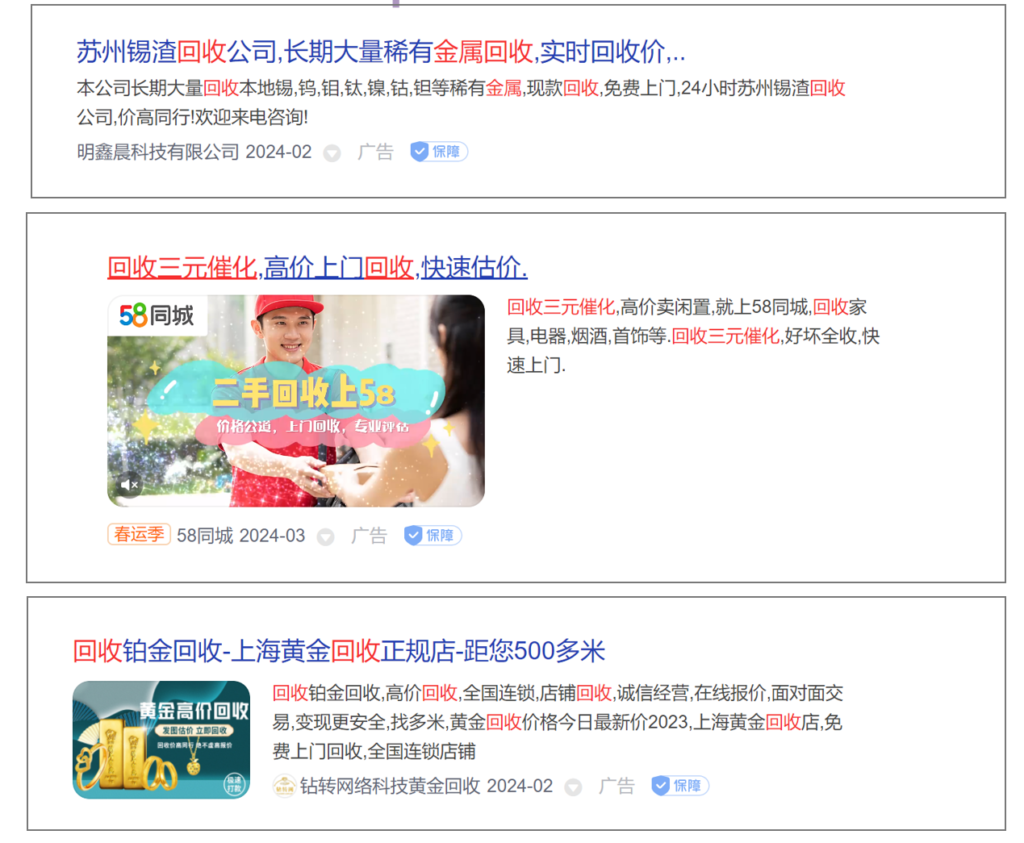
Optimizing Your Website for Conversion
Once you’ve attracted traffic to your website, converting that traffic into leads is crucial. This involves optimizing your website for speed, structure, content, landing page relevance, and lead capture processes.
Website Speed and Performance:
Ensure your website loads quickly, even on slower connections. Use CDN services to cache content closer to your Chinese audience, reducing latency and improving user experience.
Website Structure and Navigation:
Design a clear, intuitive navigation structure that guides users to the most relevant content. Highlight key paths such as product details, solutions, and contact information to facilitate easy access.
Content Optimization:
Create high-quality, engaging content that addresses the needs and questions of your target audience. Regularly update your content to keep it fresh and relevant, establishing your brand as an authority in your industry.
Landing Page Relevance:
Tailor your landing pages to match the specific keywords and ads that drove the traffic. Highlight the benefits that are most relevant to the user’s search intent and include clear calls-to-action (CTAs).
Simplifying Lead Capture:
Reduce friction in your lead capture process by simplifying forms and minimizing required fields. Offer multiple contact options to accommodate user preferences, and make the process as seamless as possible.
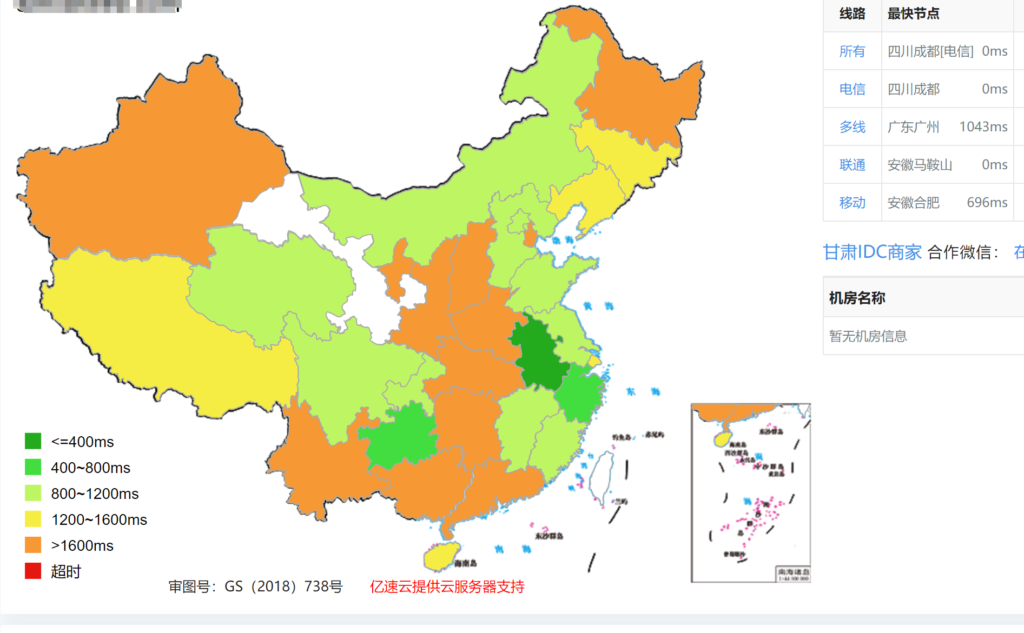
Data Analysis and Continuous Optimization
SEM is not a set-it-and-forget-it strategy. Continuous analysis and optimization are essential for long-term success.
Traffic Monitoring:
Use Baidu Analytics or similar tools to monitor traffic sources, user behavior, and conversion paths. Identify high-performing channels and underperforming areas.
Conversion Funnel Analysis:
Examine your conversion funnel to identify bottlenecks. High bounce rates or short session durations may indicate issues with your website’s usability or relevance.
Ongoing A/B Testing:
Never stop testing. Regularly experiment with new ad creatives, landing page designs, and lead capture methods. Use data-driven insights to make informed decisions and iterate on what works best.
Conclusion for SEM Campaign
Leveraging Baidu SEM to capture high-quality sales leads for overseas B2B brands in China requires a strategic, data-driven approach. By selecting the right keywords, crafting compelling ad copy, optimizing your website for conversion, and continuously analyzing and optimizing your campaigns, you can navigate the complexities of the Chinese market and achieve success.
Remember, the journey to mastery is never-ending. Stay agile, embrace experimentation, and always be learning. With the right tools and mindset, you can thrive in the vibrant Chinese market.

